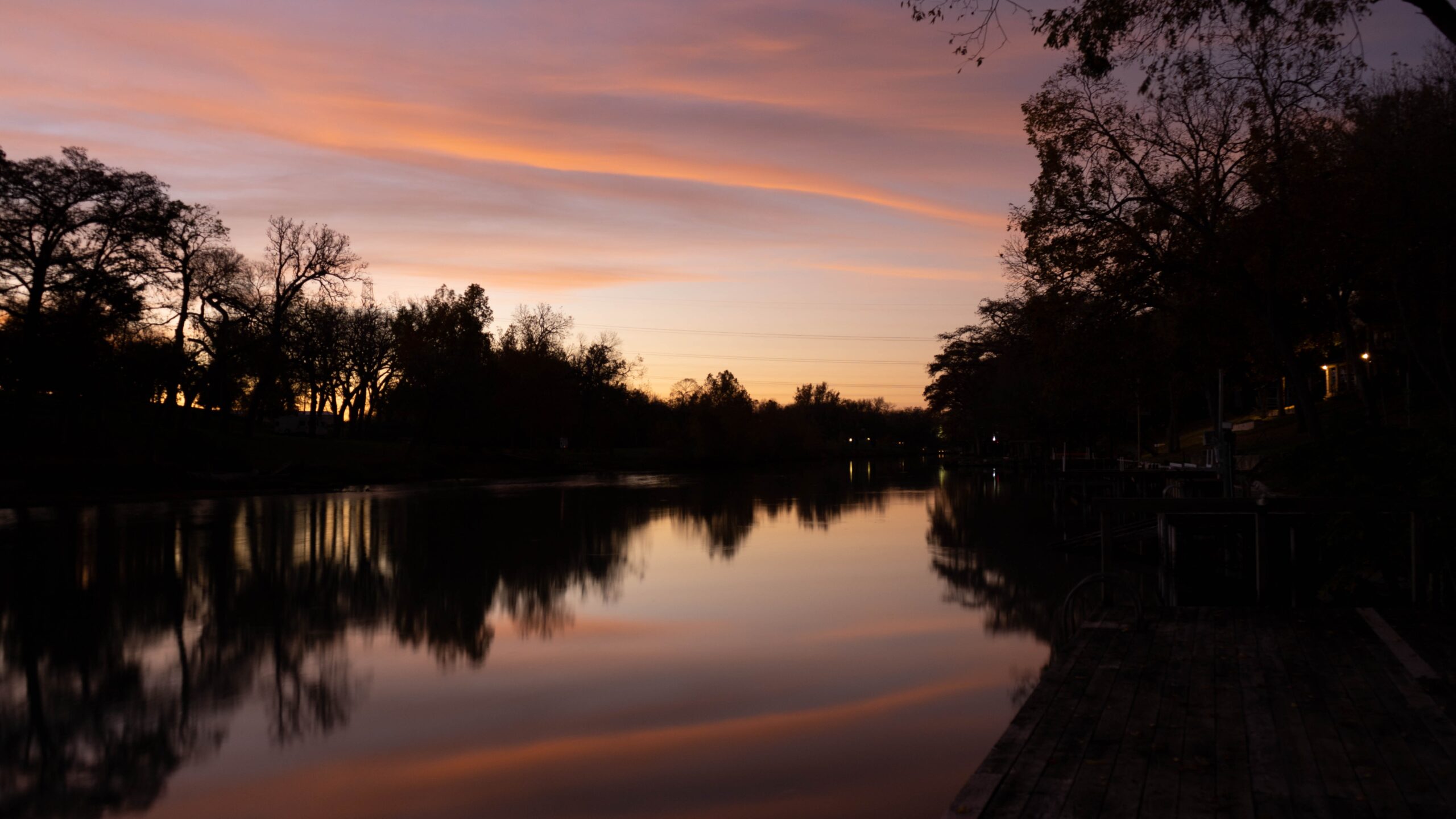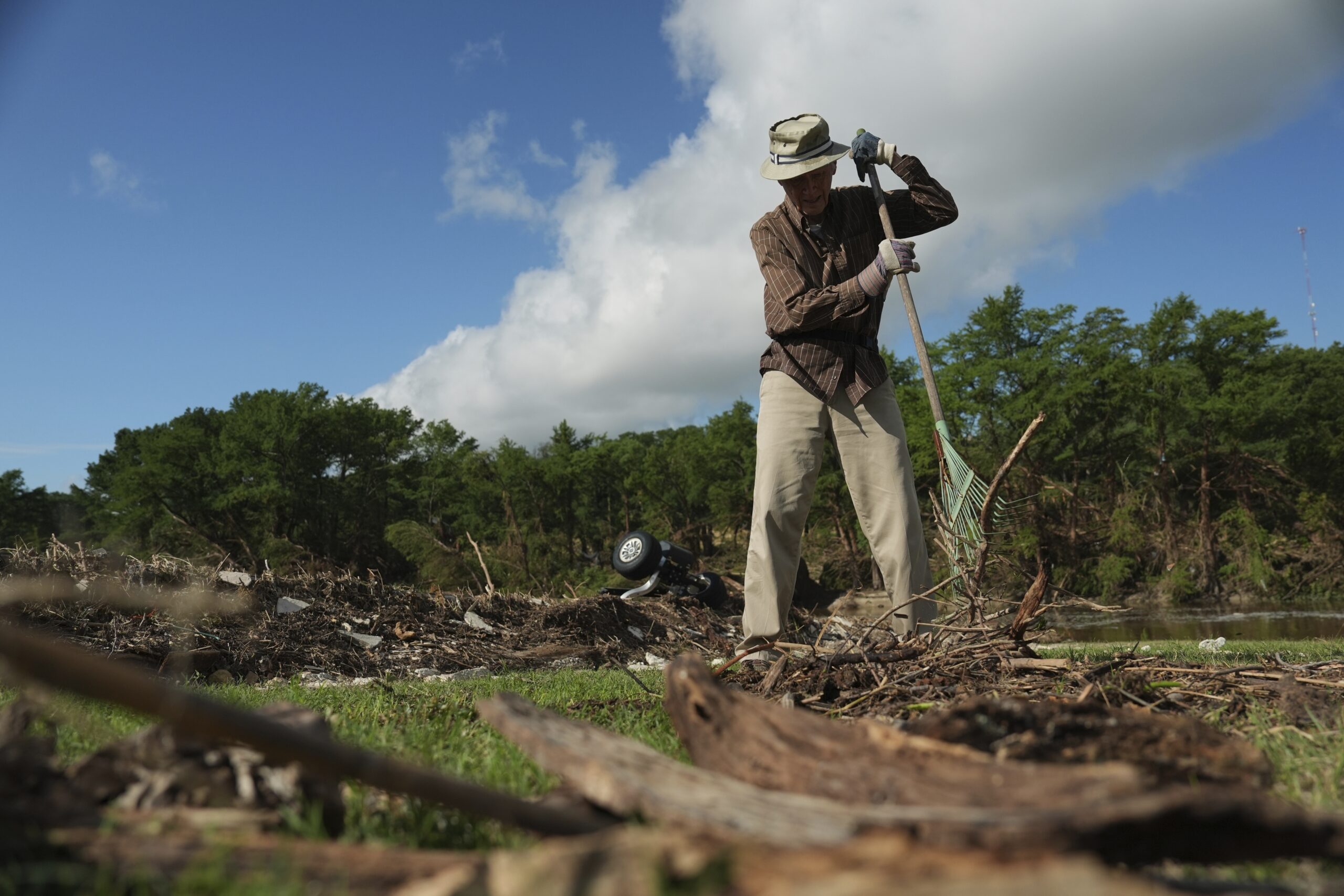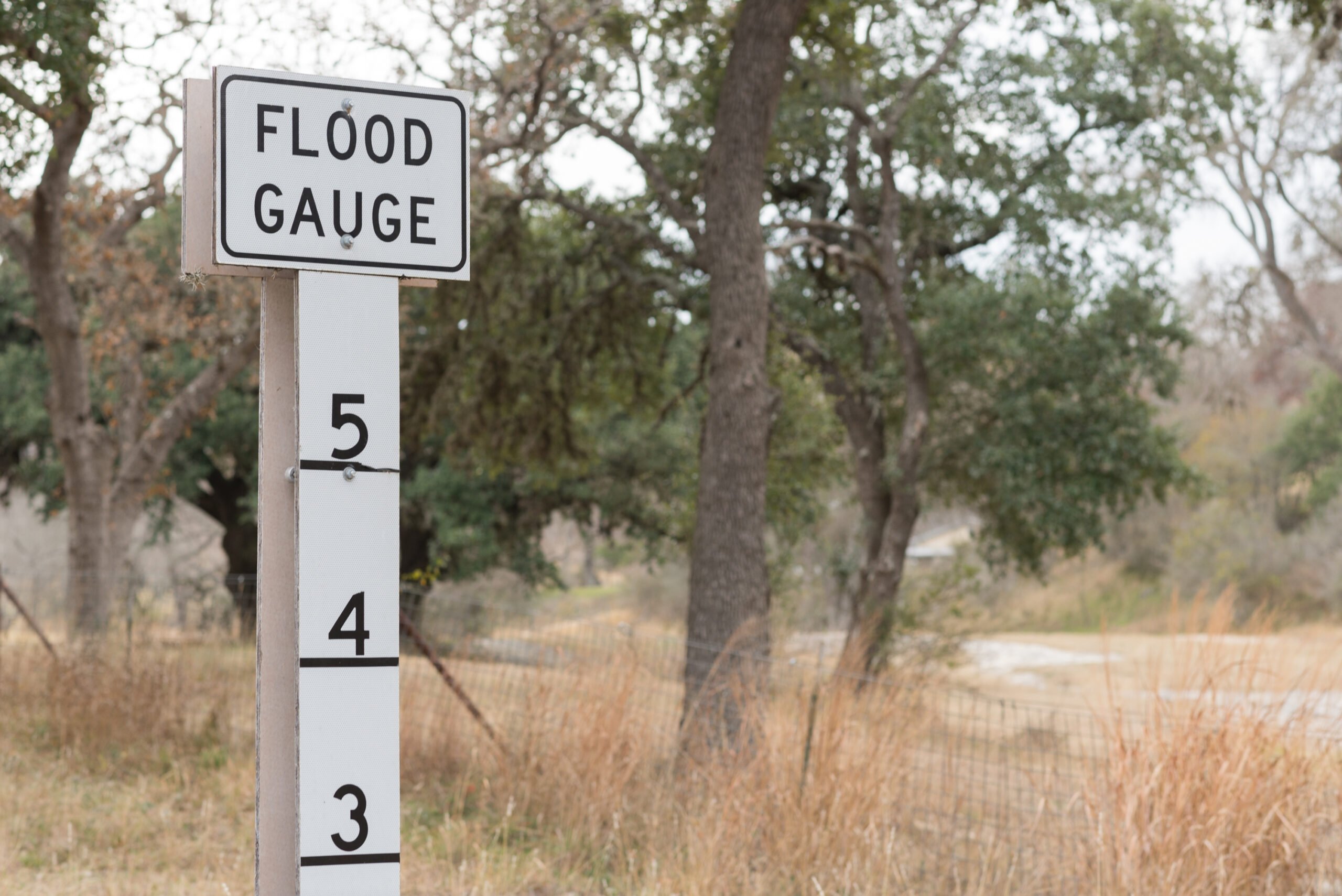What if I Want a Solar Panel Shaped Like the Starship Enterprise?
Solar Panel Owners Look for Common Ground With Homeowners’ Associations
To boldly go where no man has gone before is the last thing many homeowners’ associations want their members to do. That includes installing potential “monstrosities” – in the words of Sen. Dan Patrick, R-Houston – on their roofs in the form of solar panels.
At today’s Senate Committee on Intergovernmental Relations meeting several senators, including Sen. Mario Gallegos, Jr., D-Houston, Sen. Robert Nichols, R-Jacksonville and Patrick expressed doubts about three identical bills (SB 238, SB 302, SB 447) relating to the regulation of solar energy devices by a property owners’ association.
Currently homeowners’ associations – source of perennial controversy at the Lege – have the power to deny residents the ability to install solar panels on their homes for purely aesthetic reasons.
“The problem is that if any of the public driving down the street in the neighborhood can see that stuff sticking up over the fence then all the sudden it affects the look of the neighborhood,” said Nichols.
In an attempt to further illustrate how a solar panel could be seen by nearby residents and passersby as a monstrosity, Gallegos asked Rance Clouse of Foris Reality Services, a local solar panel installer, whether he could design a solar panel shaped like the Starship Enterprise. To which Clouse responded, “Yes, I could.”
Although Clouse answered affirmatively, subsequent speakers pointed out the large expense that would have to go into such a custom project as well as the unattractiveness of most asphalt roofs, which would be covered by such an interstellar solar panel.
The language in the bills had both supporters and opponents concerned. As drafted, solar panels would have to be located on the property owner’s roof or in a fenced yard or patio to avoid conflict with homeowners’ associations. However, if solar panels are installed only in the most aesthetically pleasing areas, they risk losing a large portion of their efficiency.
“In order for a solar panel to function properly it needs to be facing the south or southwest,” said Luke Metzger, director of Environment Texas. “We need to be careful about saying you have to put it on the back of the roof or the front of the roof. In backyards the solar panel will probably need to be above the fenceline in order to see the sun.”
David Smith of Texas Neighborhoods Together opposed the bill because his organization favors empowering neighborhoods to adopt standards rather than forcing them upon homeowners’ associations through legislation. “Community standards will really get things going as opposed to empowering individuals to fight associations,” he said.
An almost-identical bill passed through the committee last session only to die on the floor.
“We’ve been dealing with issues of homeowners’ associations for the last two or three sessions,” said Senator Royce West, a Dallas Democrat and chair of the committee. “These bills have all been passed by this committee. Movement by lobbyist groups has tangled them up.”
A lot of other states that have passed similar legislation are actually beating Texas in terms of solar development, according to Cyrus Reed from the Lone Star chapter of the Sierra Club. He said this is one of the laws that could help jumpstart the industry if passed.
John Ponzo, a physician from Central Texas, came to testify simply because he’d like to put a solar panel on his house and he’s having trouble doing so, saying, “I believe that current practices by homeowners’ associations are severely limiting.”


